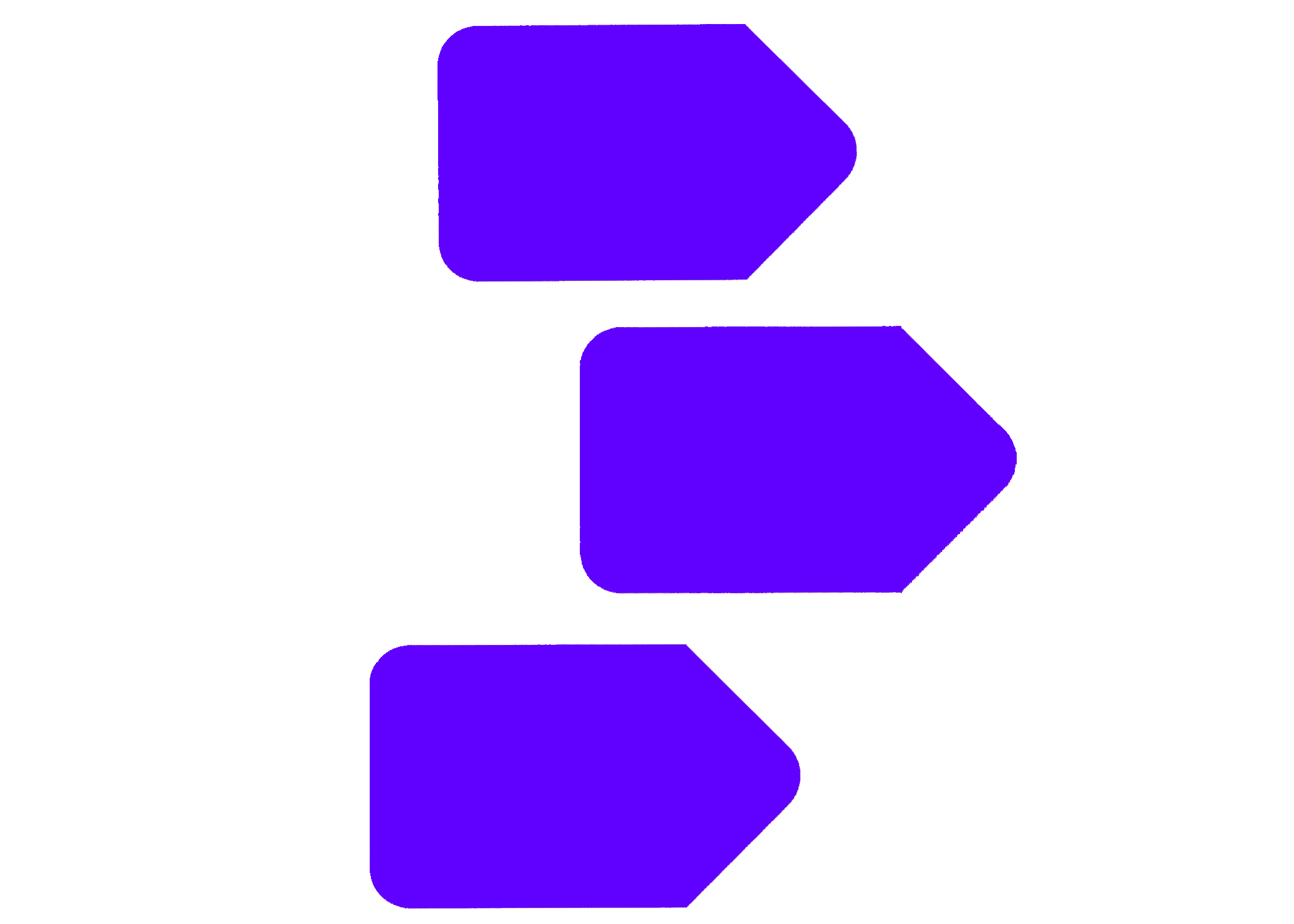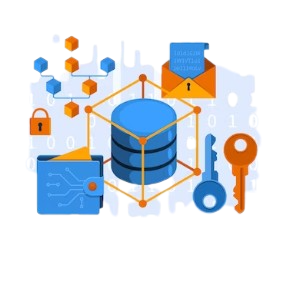DApps: Apps Built on Blockchain, Beyond Central Control
DApps are software applications that operate on a decentralized network, typically a blockchain,
instead of a single server controlled by a company. Imagine an app that runs on a peer-to-peer
network,
free from central authority. That's the essence of a DApp.
Key Features:
- Decentralized: No single entity controls a DApp. This fosters transparency, censorship
resistance, and potentially, increased user control.
- Powered by Smart Contracts: DApps rely on smart contracts, self-executing code on the
blockchain, to automate tasks and govern their operations.
- Abound: DApps exist for various purposes like:
- DeFi (Decentralized Finance): Enabling peer-to-peer financial transactions (borrowing,
lending, trading).
- Gaming: Games with ownership of in-game items or virtual assets on a blockchain.
- Social Media: Platforms that prioritize user data privacy and potentially, more
democratic governance.
Benefits of DApps:
- Transparency: Users can see how DApps work and trustlessly interact with them.
- Security: Data stored on a blockchain is tamper-proof and potentially more secure.
- Censorship Resistance: DApps are resistant to censorship or control by a single entity.
DApps are a growing field with immense potential to reshape how we interact with applications.
However, they may also have limitations in scalability and user experience compared to
traditional apps.
 Mainprice
Mainprice